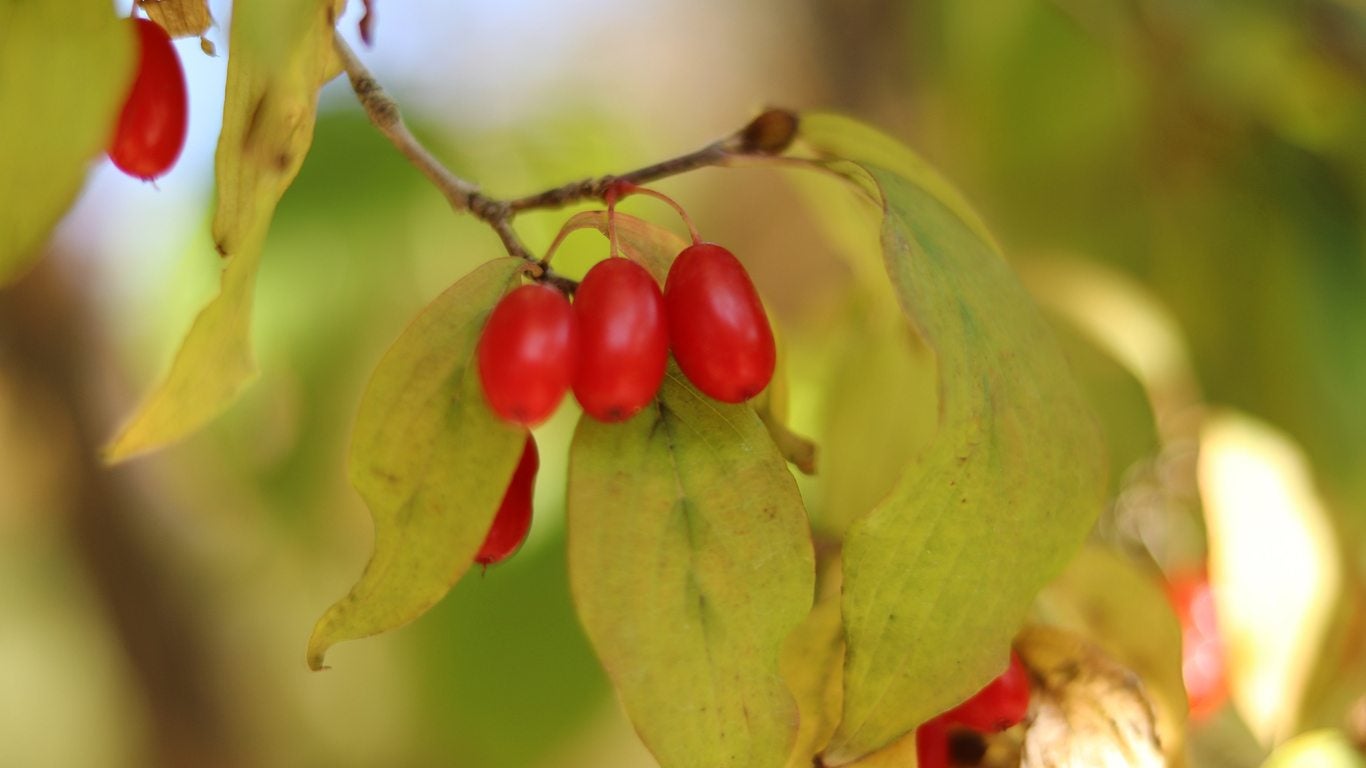Dogwood Seed Germination – Growing A Dogwood Tree From Seed


Flowering dogwoods (Cornus florida) are easy-going ornamentals if sited and planted properly. With their showy spring blossoms, these native plants are such a spring delight that nobody will blame you if you want a few more shrubs. Growing a dogwood tree from seed means propagation like Mother Nature does it. Read on for dogwood seed propagation information and tips for how to plant dogwood seeds.
Dogwood Seed Propagation
Propagating dogwoods from seed couldn’t be easier. That’s why dogwoods grow so readily in the wild. The seeds fall to the ground and go about dogwood seed germination on their own. Your first step toward dogwood seed propagation is to collect seeds from native trees. In the south, collect seeds in early autumn, but make it November in the northernmost regions of the U.S. To start growing a dogwood tree from seed, you’ll need to locate the seeds. Look for one seed inside each fleshy drupe. The seed is ready when the outer flesh of the drupe turns red. Don’t wait too long because the birds are after those drupes too.
How to Plant Dogwood Seeds
When you are starting dogwood seed propagation, you’ll need to soak the seeds in water for a couple of days. All non-viable seeds will float to the top of the water and should be removed. Soaking makes it a snap to remove the external pulp, expediting dogwood seed germination. You can rub the pulp off by hand or, if necessary, by using a fine wire screen. As soon as the soaking and pulp removal is done, it is time to plant. Prepare a seedbed with well-draining soil, or a flat with well-draining medium. For best dogwood seed germination, plant each seed about one-half inch (1 cm.) deep and 1 inch (2.5 cm.) apart in rows 6 inches (15 cm.) apart. Cover up the planted soil with light compost like pine straw to hold in moisture. Propagating dogwoods from seed isn’t an overnight event. It takes time before you witness dogwood seed germination, and you’ll usually see the new seedlings appear in spring following an autumn sowing.
Sign up for the Gardening Know How newsletter today and receive a free copy of our e-book "How to Grow Delicious Tomatoes".

Teo Spengler is a master gardener and a docent at the San Francisco Botanical Garden, where she hosts public tours. She has studied horticulture and written about nature, trees, plants, and gardening for more than two decades, following a career as an attorney and legal writer. Her extended family includes some 30 houseplants and hundreds of outdoor plants, including 250 trees, which are her main passion. Spengler currently splits her life between San Francisco and the French Basque Country, though she was raised in Alaska, giving her experience of gardening in a range of climates.